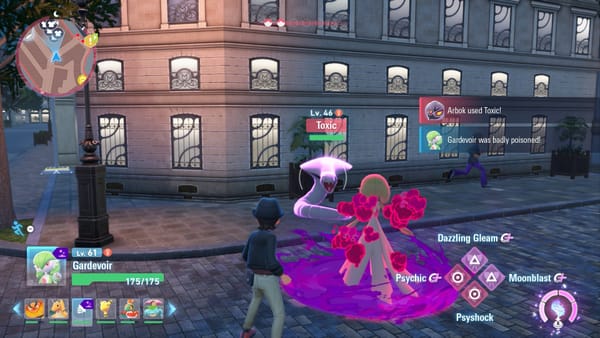Pressing buttons
Games like Indiana Jones try to increase immersion through controls, but do they break the spell instead?
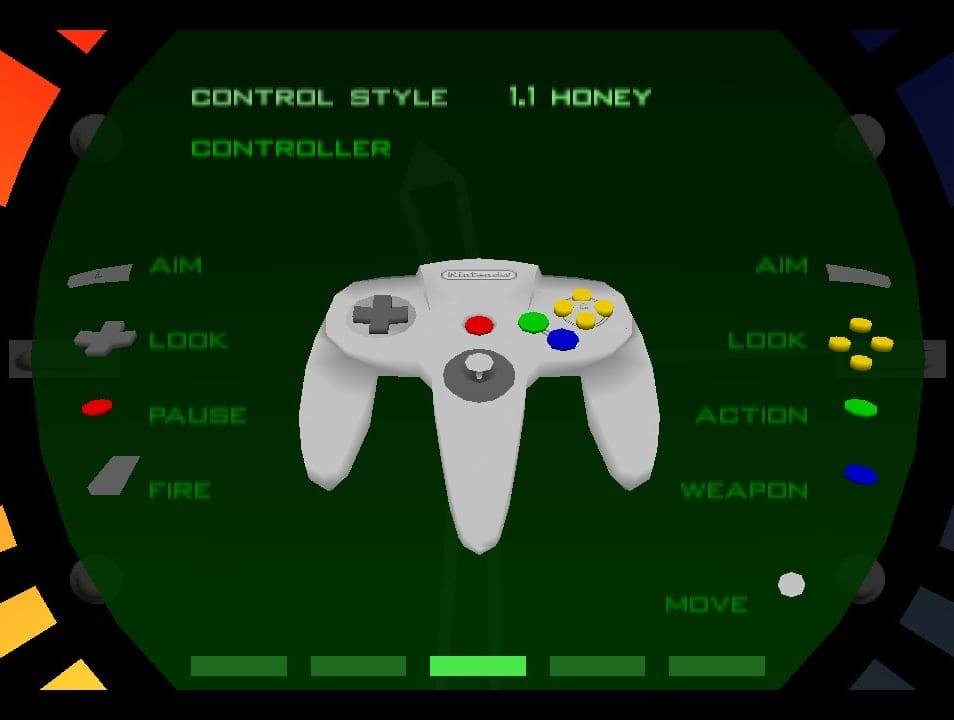
Any gamer has heard some variation of this insult: “haha, imagine being entertained by pressing some buttons.”
In video games, you can fly a plane. You can cast spells to battle demons on the deserted streets of Tokyo. Score the winning goal in the World Cup Final. Take control of a scene from your favorite film. Perform impossible athletic feats to rescue a princess.
You do all this, of course, by pressing buttons. The controller is your window into a world of actions and interactions; a dozen or so buttons (and a couple of control sticks) can unlock a whole universe of possibilities.
I’ve been thinking about this while playing Indiana Jones and the Great Circle. The game has a handful of open environments for Indy to explore, scouring the area for clues, treasures and other useful items.
And that means there’s a lot of unlocking doors, searching in drawers and opening crates. In most games, this happens with a single button press: approach the object in question, press X, it opens. But Indy demands an extra bit of interaction. To unlock a door, you press X and then push the stick to the right to turn a key. To open a drawer, you press X and then pull back on the stick, as if you were pulling open the drawer.
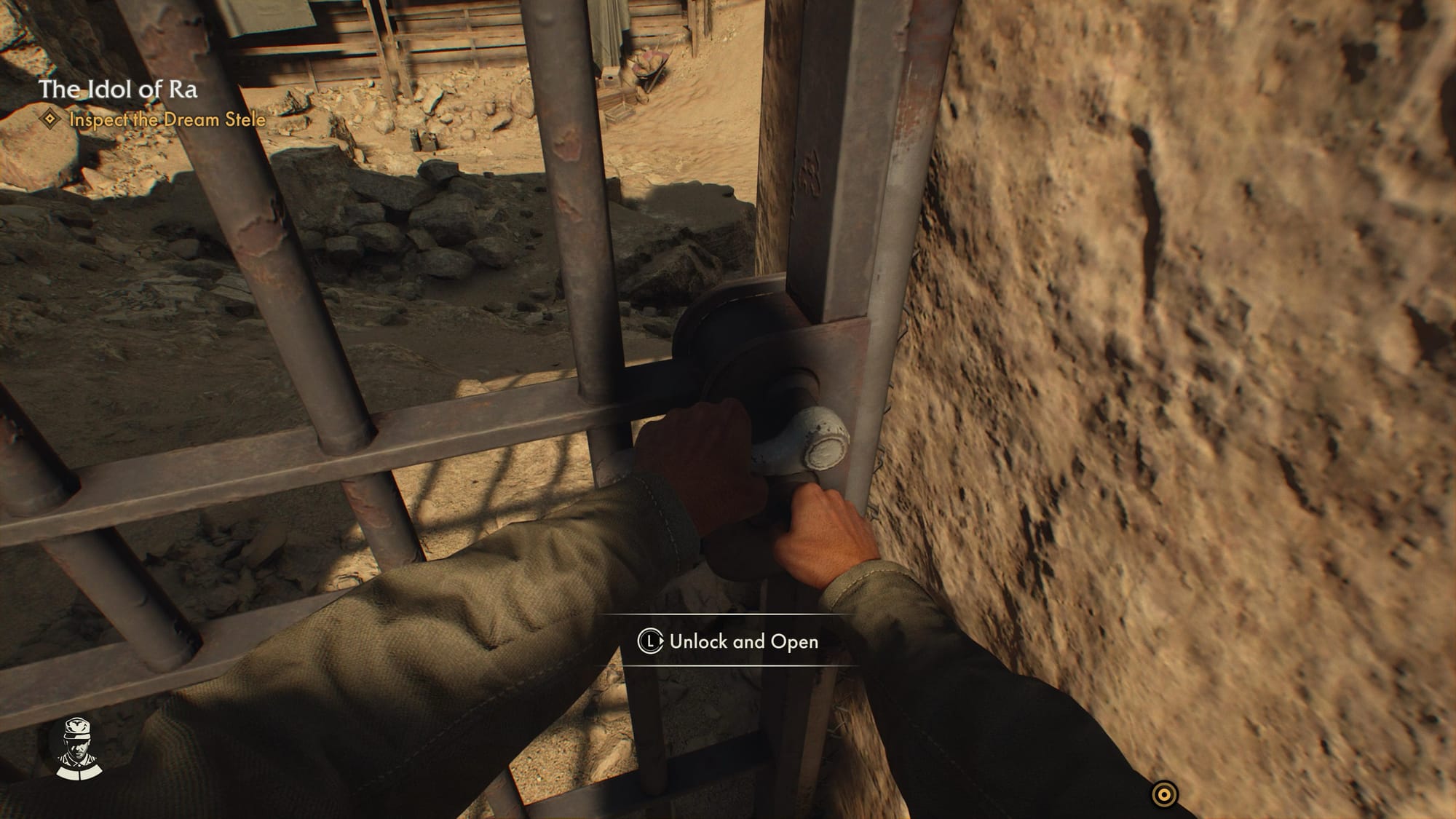
To be blunt, I hate it (and it looks like I’m not alone). But I also can’t stop thinking about it! It is something both incredibly minor and yet, because it happens so often, quite significant. They made a deliberate decision to change how the most basic (and banal) of interactions works, something most players take for granted, and I find that fascinating.
The theory here is probably that, by using the sticks to simulate Indy's actions instead of merely triggering them, it makes the game more immersive. It turns something so procedural into something more engaging.
This is something the Gears of War series does well. In most games, reloading a gun is done with the tap of a button. In Gears of War, reloading requires a couple of button presses that have to be executed at just the right time. Get the timing right and you reload faster. Get it wrong and you're in trouble.
Reloading a gun in a game is often accompanied by an over-the-top animation of your character performing a whole series of actions, certainly more than your little button press. Gears of War's active reloads make your input more complex, which makes it feel closer to the visual output. It also takes something seemingly routine and turns it into a challenge for the player.
But it doesn't have to be challenging. Here I think of The Legend of Zelda series, where playing certain songs on your ocarina can trigger various effects. In Link’s Awakening, you pick the song to play from a menu and it plays automatically with a single button press. But in Ocarina of Time, you actually get to play the song; you have to remember the notes and play them out manually.
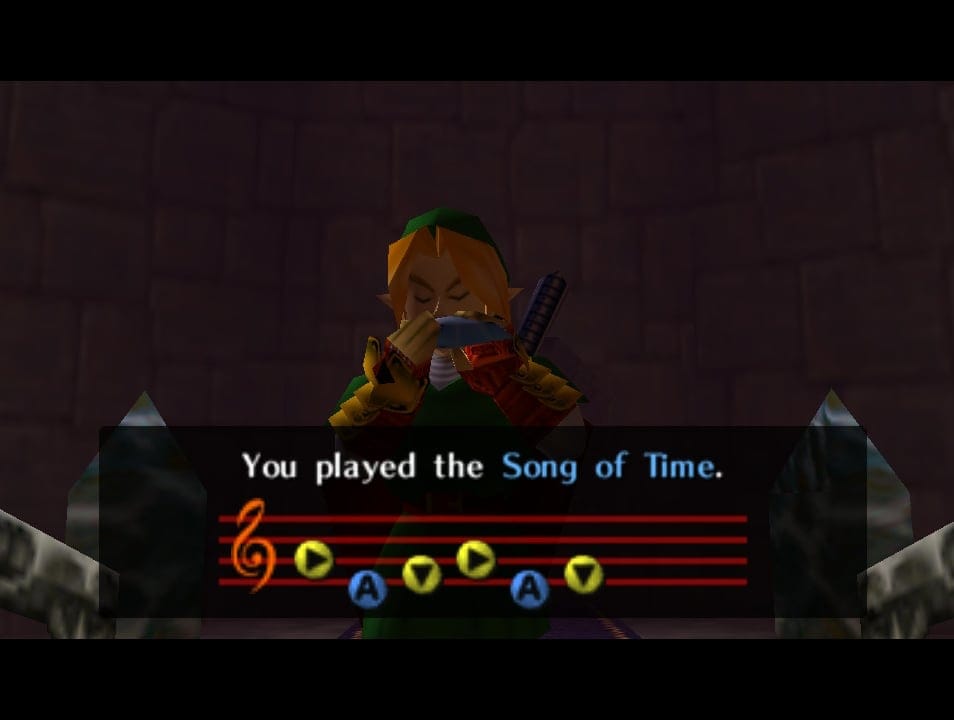
There’s nothing wrong with the former approach, but the latter is more engaging. There’s a slight challenge involved in remembering the notes of a song, sure, but the real beauty of it is that it’s actually fun to play the ocarina. Nintendo added the ability to use other buttons and the control stick to change the pitch of the notes, something that has absolutely no effect on the game itself — it’s just a neat little thing you can do. Games are interactive, and adding more levels of interaction is usually a good thing.
But this can be taken too far. In the Yakuza spin-off Judgment, every time you need to re-enter certain locations like your own office you have to whip out a set of keys and choose the right one. It is undoubtedly more realistic and adds a layer of interactivity, sure. But it also feels unnecessary; it's not a challenge like active reloads, it just feels like a chore. Does it really add anything to the experience other than delaying me slightly?
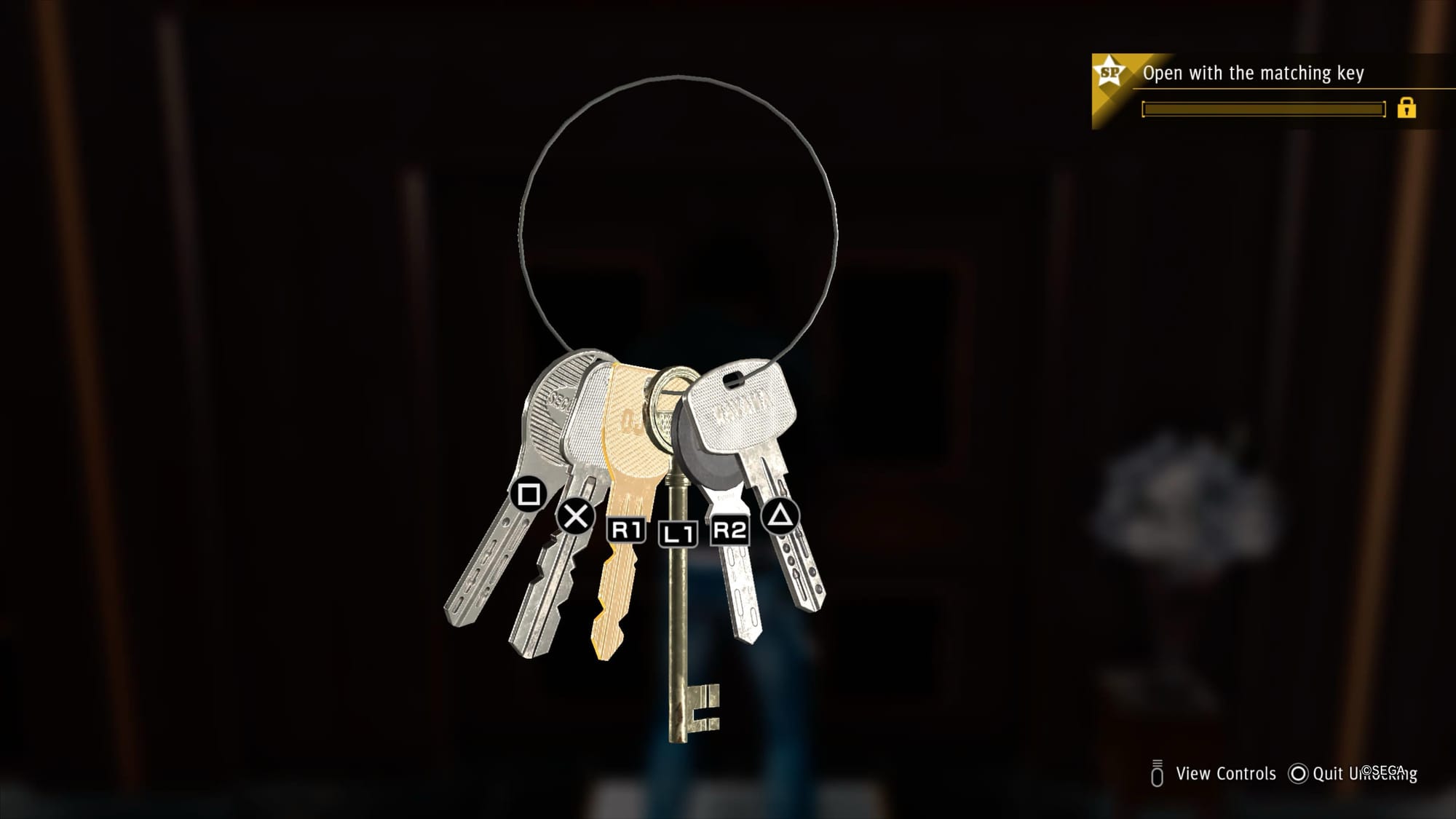
Indy’s interactions aren’t a chore, but I wonder if there’s a different factor at play: the uncanny valley.
If you’re not familiar with the uncanny valley, the theory is that humans appreciate it when a simulation becomes more realistic… but only up to a certain point. As it approaches absolute realism, the relatively few imperfections stand out and start to unsettle us deeply.
This reminds me of the PlayStation 3 game Heavy Rain, an interactive adventure which allowed you to perform an array of actions with various flicks and twirls of the control stick. Rotating the stick turns a car key in the ignition; at another point, moving it in a steady half-circle applies eyeliner. It sounds good in theory. But there’s only so much a control stick can do, and too often Heavy Rain tries to translate complex, real-world actions into a twirl of the stick. Instead of feeling intuitive, it can feel forced and unnatural.
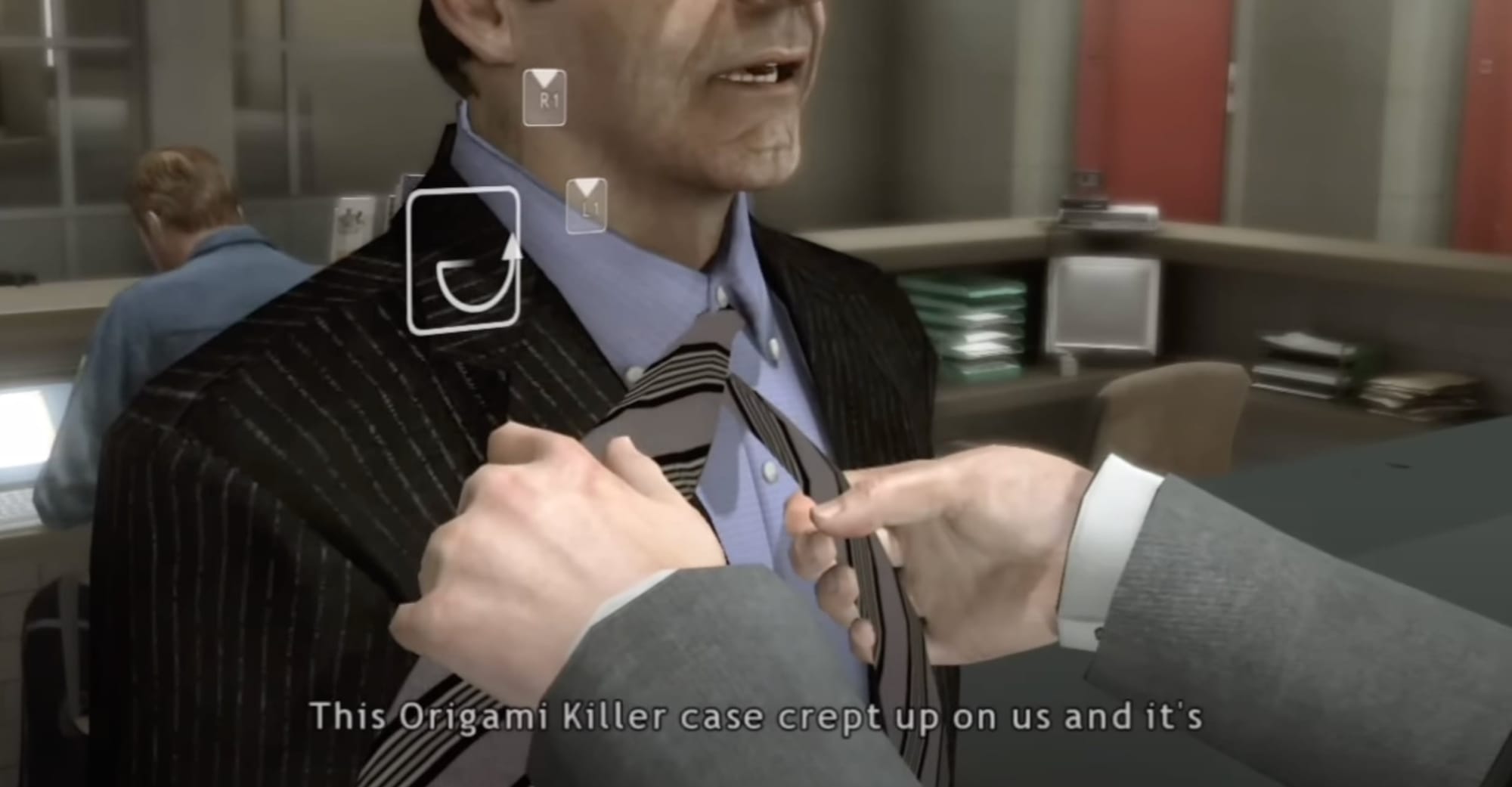
I understand the impulse. Making things too easy, too streamlined isn’t very satisfying; you don’t want the game to play itself. You want to feel like you’re embodying the character, that you’re really doing the cool things you’re seeing, and that doesn’t often come across when the action you’re taking is a simple button press. When it’s executed right, added controls like Indy’s can be immersive. But when it’s not, it thrusts you out of the simulation.
The gap between the action you take and the action you see exposes the unreality of the situation. And it reminds you that, at the end of the day, we’re all just pressing buttons.





